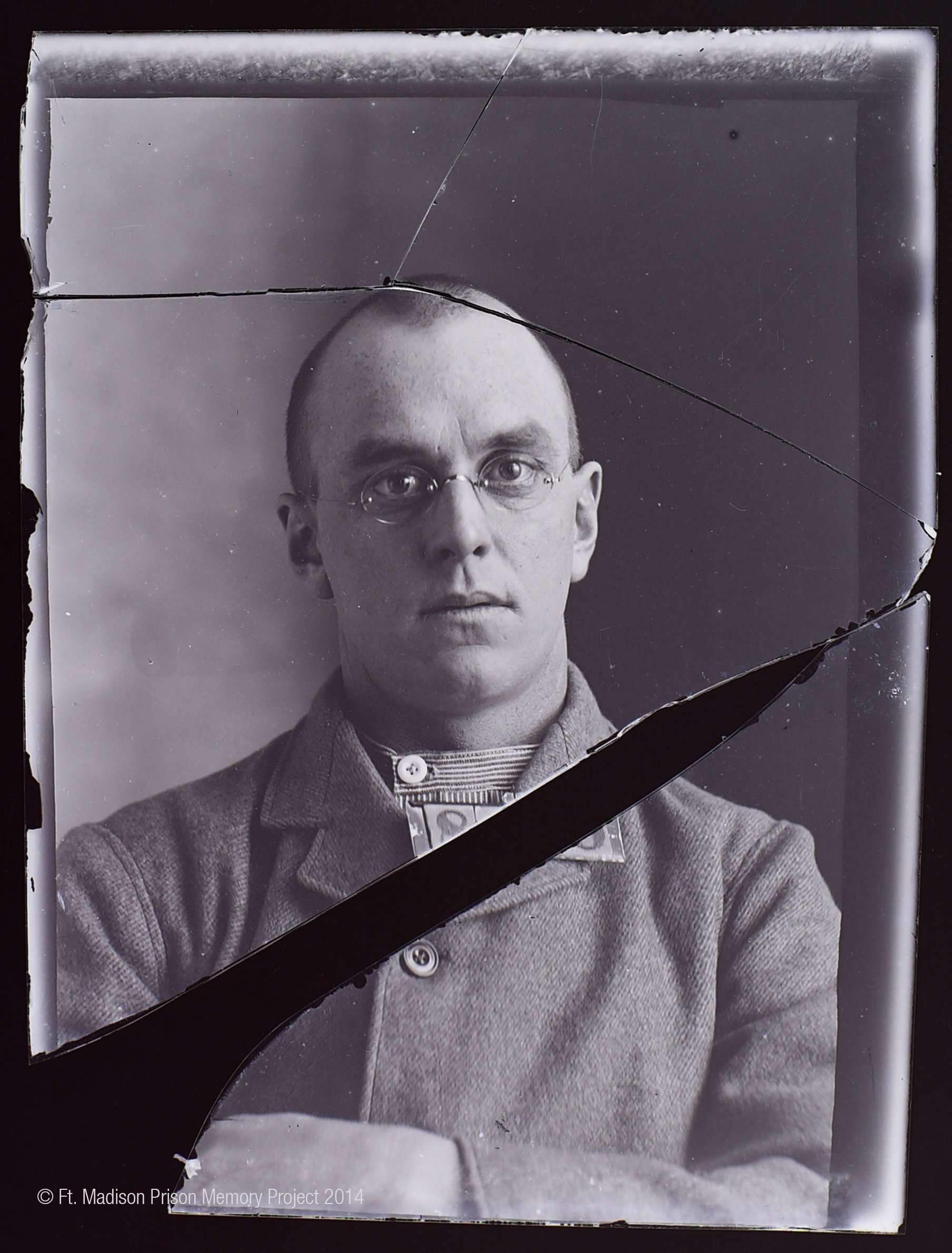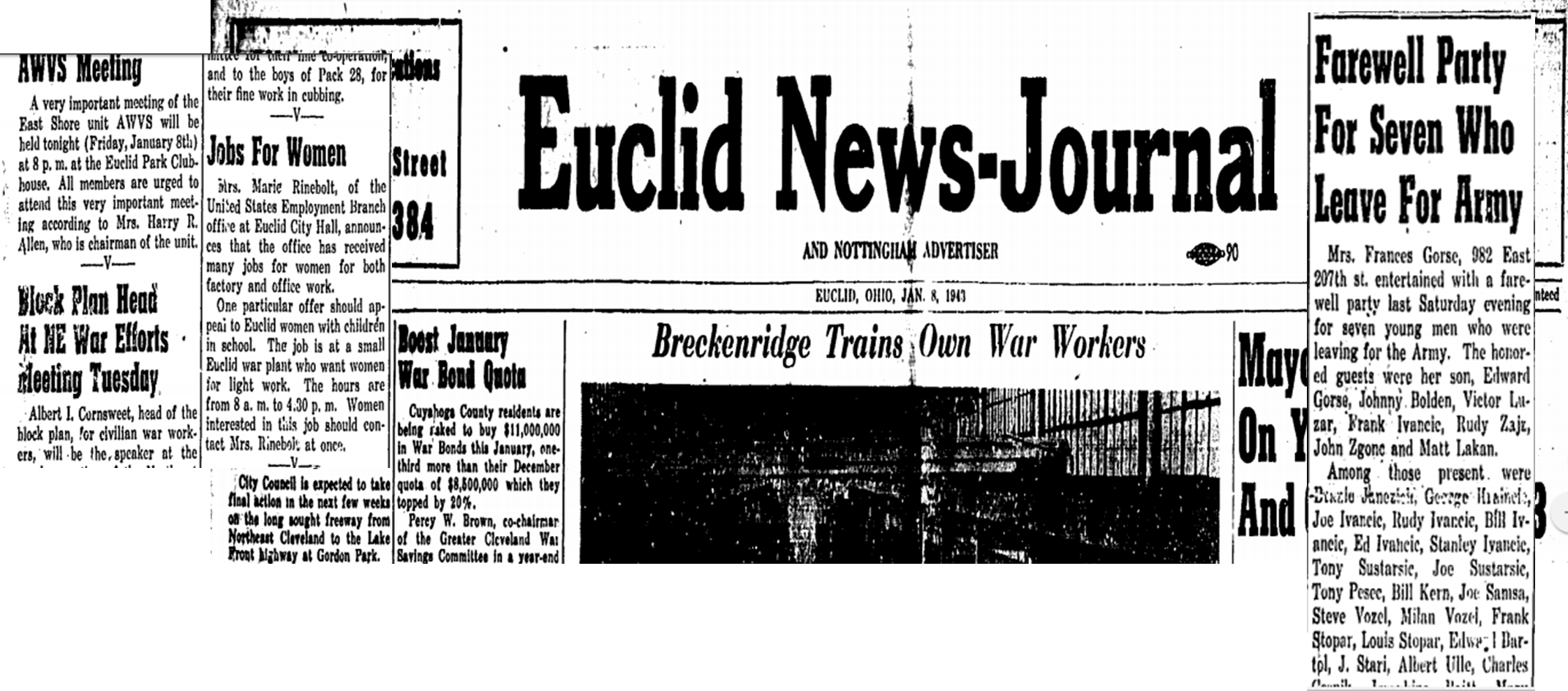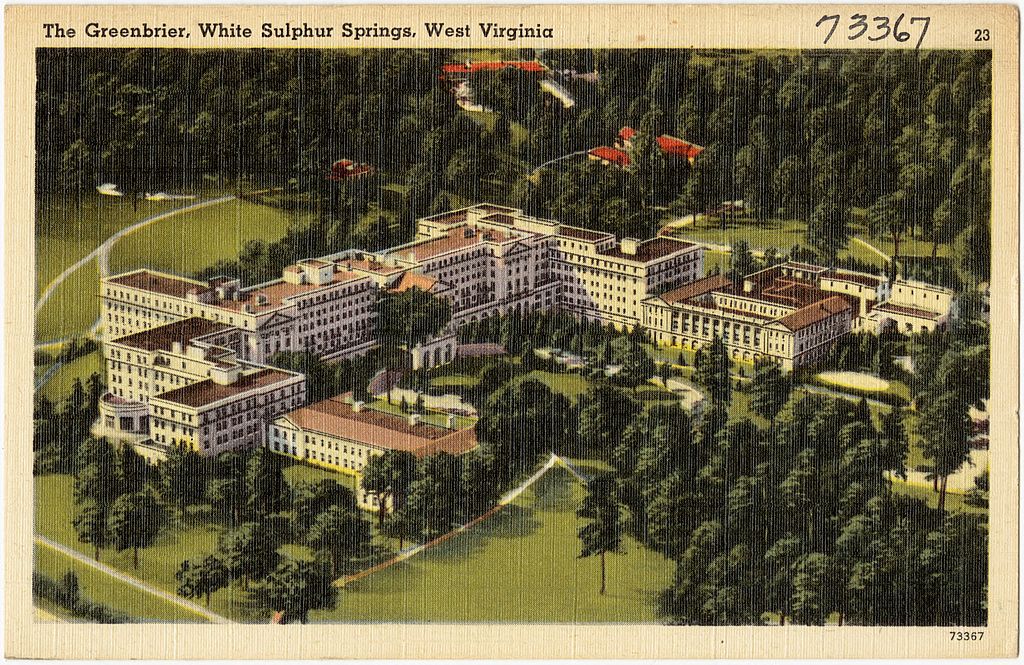by Diahan Southard | Oct 23, 2014 | 01 What's New, Digital Archives, Photographs
Matt from Omaha, Nebraska (U.S.) recently told me about a project his cousin is working on that is so cool the story was picked up by U.S.A. Today.

While poking around at an 1800s-era Iowa prison about to be torn down, Mark Fullenkamp came across boxes of old glass negatives. Upon closer inspection, he found they were intake photos of the inmates. Some were 150 years old!
Mark first set out to digitize and reverse the negative images of over 11,000 prison inmate photos. Others gradually became involved, like scholars at University of Iowa where he works and even inmates at the Iowa Correctional Institution for Women. A doctoral candidate who was interviewed by U.S.A. Today says she’s struck by the moment these photos were taken: when their lives were about to change forever. Though many look tough for the camera (and presumably the other inmates), she sees a lot of emotion in their expressions: “The eyes are everything.”
Now Fullekamp’s team is trying to connect names and stories with the photos. It’s not easy, but many of the pictures have inmate numbers on them. Some files have surfaced with inmate numbers and names in them. Others are stepping forward with memories.
Read more about the project on Matt’s blog.
Got a digital photo archiving project of your own? Click here to learn about a free ebook published by the Library of Congress on digital archiving.
by Lisa Cooke | Jan 14, 2017 | 01 What's New, Newspaper
Newspapers can fill in the gaps to the long-lost stories of your ancestors. These tips will help you narrow your search in digitized WWII newspapers for experiences directly relating to the war and to the lives of your ancestors.

In this previous post, I provided step-by-step tips for locating WWII-era newspapers. Those tips helped you locate the actual newspapers. In this post, I’ve got 7 tips for to help you focus on narrowing down a large list of results in search of war-related family stories.
Tip 1: Try Various Name Combinations in WWII Newpapers
If you are keyword searching in digitized newspapers, remember to try different name combinations. A man may be identified by just his first initial and last name. During the 1940s, a woman might be referred to as “Mrs. Ted Johnson” instead of Barbara Johnson.
Tip 2: Search for Addresses
You might find a family identified as “the Johnson’s of 132 Cherry Lane,” so try using street addresses in your searches, remembering that “Lane” might be spelled out or abbreviated. You may also find the family listed by their town or township. An example of this might be “the Johnson’s of Brown township,” or “the Johnson’s of Conover.”
Tip 3: Expand Your Search to Events and Organizations
Use any search terms you already know about for your family in World War II: a military unit, a battle or local service organization, or a war effort project that the folks back home may have helped out with. Do family stories mention rationing, air raid drills, bomb shelters, blackout rules, or one of the women getting a job at a certain factory? All these make excellent search terms.
Tip 4: Take Time to Browse
Browsing the pages will give you a sense of how the war affected everyday life at home. You may find recipes that make the most of ration allowances and reminders about blackout rules and curfews. You may even find tips on how to conserve gasoline or how to be fashionable without silk stockings!

Almost every news item on the front page of this Jan 8, 1943 issue of the Euclid News Journal (OH) has to do with the war. It’s easy to see how the war affected everyday life of this small Ohio city on the shores of Lake Erie. Issues of this paper are searchable at the Euclid Public Library website (click image to view more issues.)
Tip 5: Be Aware of Newspaper Stoppages
If your family lived in an area that came under attack or was occupied, the local newspapers may have stopped printing. In that case, search other papers to see if they reported what was going on in your ancestor’s town.
Tip 6: Keep an Eye on the Homefront
For relatives who served in the military, watch for updates in local papers about how they were faring on the fronts during the war. Watch for casualty lists of the wounded, dead, and missing. Here’s something cool: newspapers also printed maps showing the progress of the war on the various fronts.
Tip 7: History Provides Hints
If you’re looking for reports about soldiers’ bodies returning home and funeral services, it will help to know that according to an article in The Wall Street Journal, the War Department didn’t start bringing back remains until the fall of 1947 because of the huge logistical challenges involved. Over 93,000 American soldiers who died in World War II are buried overseas in one of the American Battle Monuments Commission cemeteries.
Making the Most of Newspapers for Family History
 Find more tips like these in my book, How to Find Your Family History in Newspapers. You’ll find step-by-step instructions for my foolproof research process, along with everything you need for success: worksheets and checklists, tons of free online resources (and websites worth paying a few bucks for), a massive amount of location-specific websites (U.S. and international)–and a case study that puts it all to the test!
Find more tips like these in my book, How to Find Your Family History in Newspapers. You’ll find step-by-step instructions for my foolproof research process, along with everything you need for success: worksheets and checklists, tons of free online resources (and websites worth paying a few bucks for), a massive amount of location-specific websites (U.S. and international)–and a case study that puts it all to the test!
by Lisa Cooke | Mar 5, 2017 | 01 What's New, Research Skills |
As many American’s know, the state of West Virginia was formed in 1863 from the state of Virginia during the Civil War. Those researching their West Virginia roots prior to that year, may wonder which counties to search and what records are available. We have some tips to make your West Virginia research a little easier!

The Greenbrier, White Sulphur Springs, West Virginia, Boston Public Library collection, Wikipedia Commons.
County level research is important when trying to find the vital records of our ancestors. Birth, marriage, and death records typically are found on the county level. This means you will need to obtain a copy of these types of certificates from the local courthouse or other county repository, such as a county archives.
But what happens when the state or county wasn’t around when your ancestor lived there? Such is the case with this Genealogy Gems reader. Here is her question regarding West Virginia research:
I have a 3rd great-grandfather I am trying to find with his parents who may have been born in Greenbrier County, West Virginia. He was born in 1814. My question is that Greenbrier County was in Virginia at the time of his birth. Now it is in West Virginia which was made a state in the 1860s, so where do I look for his records? Finding his parents has been a brick wall! What would you suggest?
Birth Records in the 1800s
The first thing we want to address is the hope that this reader will find a birth record for 1814. Early birth records of this time-frame were typically kept by the churches in the form of christening or baptismal records. Civil registrations of births, which were created by the local or federal government, were not kept regularly for American states until much later. The earliest cities and states to require civil registration can be seen here, but a few examples include: New York in 1880, Virginia in 1853,and Florida in 1865. [1]
Because birth records can not always be located in church or civil registration for this early time period, we suggest using alternate records as your supporting evidence. Substitute birth records might be, but are not limited to: school records, censuses, pension records, marriage records, and biographical sketches. (Click these links to learn more about each type of record.)
West Virginia Genealogy Research: County Level
Next, let’s discuss the uniqueness of researching in West Virginia. West Virginia was created in 1863 out of the state of Virginia. Many of the counties that were once in Virginia, kept the same name and retained their records when they became part of West Virginia.
There is a wonderful resource in the book titled “Red Book: American State, County, and Town Sources” which was edited by Alice Eichholz. This book has a chart for each U.S. state listing the year each county was formed and from what parent county. To find the chart, flip through to the West Virginia section. Each county is listed in alphabetical order. In this case, we would locate “Greenbrier” and take note that according to the chart, Greenbrier County, West Virginia was formed in 1778 by portions of both Montgomery and Botetourt County, Virginia. A chart like this is helpful for any genealogist in determining which counties should be researched.
Greenbrier County, West Virginia: A Timeline of Changing County Boundaries
I took the liberty of looking further into Greenbrier County, West Virginia by examining more closely the changing county boundaries of this county over time. I did this by using the chart I mentioned above found in the Red Book. First, I found Greenbrier county and it’s parent county, then, I searched the list for further instances when parts of Greenbrier county were used to form newer counties. You see, we want to see the changes of this county’s boundaries so that we know what possible places to look for records. Let me show you what I found. We are going to need a time line for this!
- 1778: Greenbrier county was originally formed in 1778 from two parent Virginia counties: Montgomery and Botetourt.
- 1788: part of Greenbrier County, Virginia became Kanawha County
- 1799: Greenbrier shrunk further when a portion of its boundaries became Monroe County, Virginia
- 1818: Nicholas County, Virginia formed from Greenbrier
- 1831: part of Greenbrier created the new county of Fayette, Virginia
- 1863: Greenbrier county, Virginia became part of the State of West Virginia
- 1871: Summers County, West Virginia was created by a small portion of Greenbrier
As you can see, our Genealogy Gems reader may need to visit and research several county repositories both within the state of Virginia and West Virginia.
Greenbrier county is rather unique, as it had boundary changes quite regularly. It may be difficult to visit each of these county courthouses, spanning many miles apart, in hopes of finding targeted records for their ancestor. For this reason, our reader may wish to begin at the West Virginia State Archives. At most state archive repositories, records for all the counties can be easily looked at via microfilm. This may save valuable travel time. (Note: Before visiting any state archives facility, call ahead to verify what information and records they have, so that you do not have a wasted trip.)
There is also a free guide at Family Tree Magazine for West Virginia genealogy research that we highly recommend.
More on Advanced Research Strategies
 Changing county boundaries is just one area that must be mastered to ensure accurate genealogy research. Here are 3 more articles that will help you beef up your genealogy research skills:
Changing county boundaries is just one area that must be mastered to ensure accurate genealogy research. Here are 3 more articles that will help you beef up your genealogy research skills:
The Genealogy FAN Club Principle Overcomes Genealogy Brick Walls
Missing Census or Missing Family: Legacy Tree Genealogists Answer
Resolving Three Common Conflicting Evidence Problems in Genealogy
ARTICLE REFERENCES
[1] Johni Cerny, “Births and Deaths in Public Records,” originally written in “The Source: A Genealogist’s Guidebook to American Genealogy,” online article, Ancestry Wiki, accessed 20 Feb 2017.
by Lisa Cooke | Nov 20, 2014 | 01 What's New, Canadian, FamilySearch, Records & databases
Among the 3.7 million+ records new on FamilySearch this week are two updates that caught my eye for international regions that need more record sets online:
Nearly 1.4 million images are now browsable in a newly-posted collection of Nova Scotia, Canada, probate records dating from 1760-1993. According to FamilySearch, “This collection includes records of probate proceedings from Nova Scotia. The records include estate files, inventories, wills, administrations and other records related to probate. Most of the records are dated from 1800-1940, but coverage varies by area.”

Nearly 400,000 digitized parish registers for the Church of the Province of South Africa (1801-2004) have now been indexed. FamilySearch describes the collection as “digital images and partial index of parish registers of the ‘Church of the Province of South Africa.’ Since 2006, the church has been officially known as the ‘Anglican Church of Southern Africa.’ Original records are contained within the collection of the William Cullen Library, University of Witwatersrand, Johannesburg. The Church presently includes dioceses in Angola, Lesotho, Mozambique, Namibia, Saint Helena, South Africa and Swaziland. Availability of records is largely dependent on time period and locality.”
I hope these datasets can help your South African genealogy or help you find your Nova Scotia kin.






 Changing county boundaries is just one area that must be mastered to ensure accurate genealogy research. Here are 3 more articles that will help you beef up your genealogy research skills:
Changing county boundaries is just one area that must be mastered to ensure accurate genealogy research. Here are 3 more articles that will help you beef up your genealogy research skills: